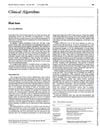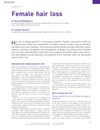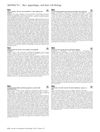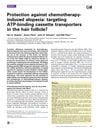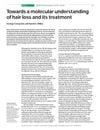Hair Disorders
December 2010
in “
InnovAiT
”
hair follicle cycle telogen hairs cicatricial alopecia non-cicatricial alopecia male pattern baldness minoxidil finasteride alopecia areata telogen effluvium anagen effluvium trichotillomania tinea capitis antifungal medications alopecia mucinosa hirsutism secondary syphilis androgenic alopecia Rogaine Propecia
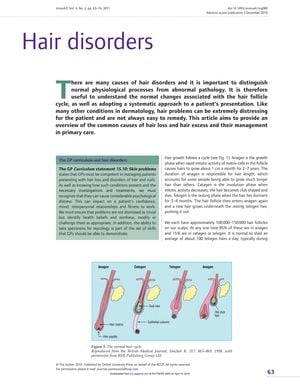
TLDR The document concludes that accurate diagnosis and appropriate management are crucial for treating various hair disorders, which have significant psychological impacts.
The document from December 3, 2010, provides an overview of various hair disorders, their causes, and management strategies. It explains the normal hair follicle cycle and notes that shedding about 100 telogen hairs daily is normal. Hair loss is categorized into cicatricial and non-cicatricial alopecia, with male pattern baldness affecting up to 50% of men and treatments including minoxidil and finasteride. Alopecia areata, with a lifetime risk of 1.7%, is an autoimmune condition with a generally good prognosis, though certain factors can indicate a poorer outcome. Telogen effluvium is a temporary condition often triggered by stress, while anagen effluvium is commonly due to chemotherapy. Trichotillomania requires psychiatric intervention, and tinea capitis, a fungal infection, is treated with antifungal medications. The document also discusses alopecia mucinosa and the management of excess hair, such as hirsutism, emphasizing the psychological impact of hair disorders and the importance of accurate diagnosis and appropriate management. Secondary syphilis is mentioned as a cause of hair loss, and the importance of education and support in managing these conditions is highlighted. Minoxidil and finasteride are noted as safe for men with androgenic alopecia who are not completely bald.



